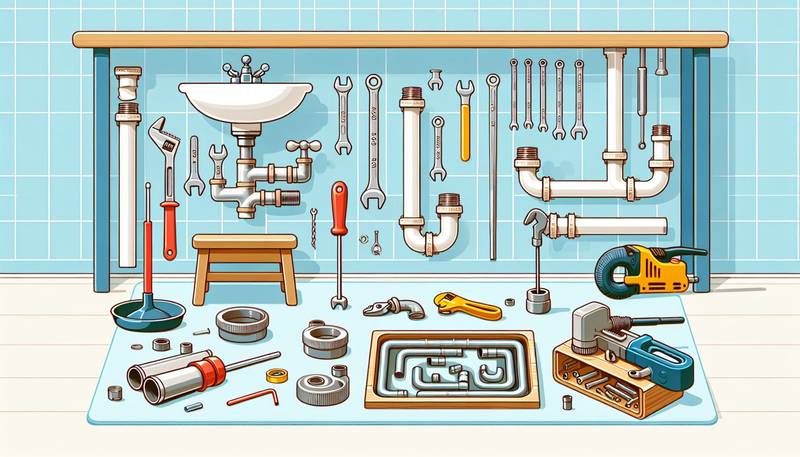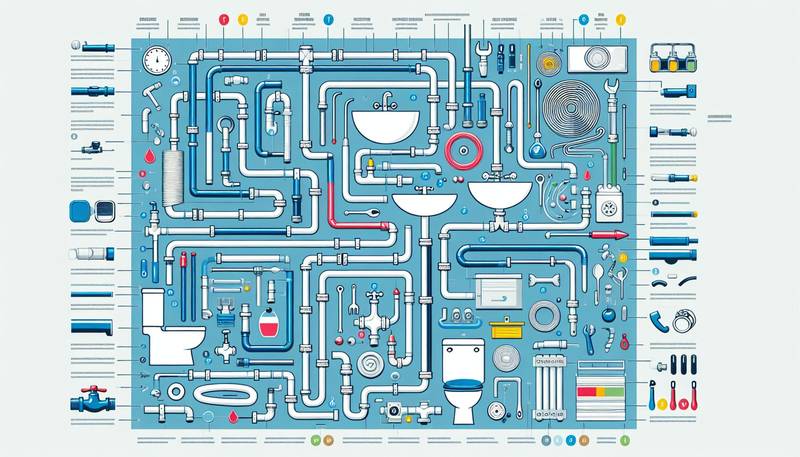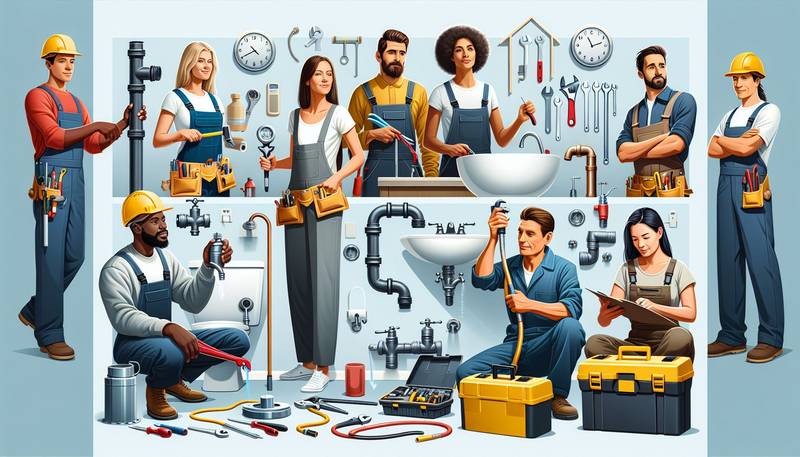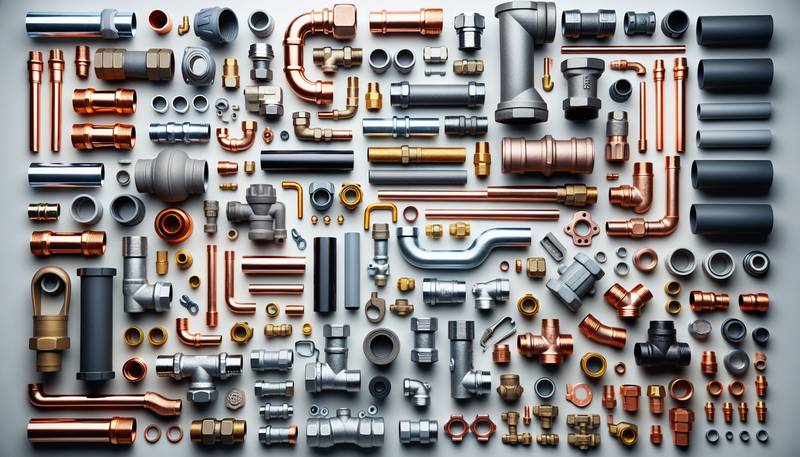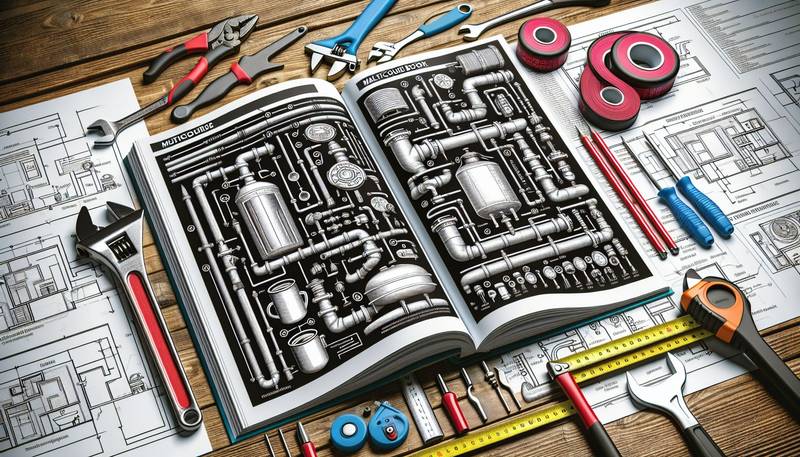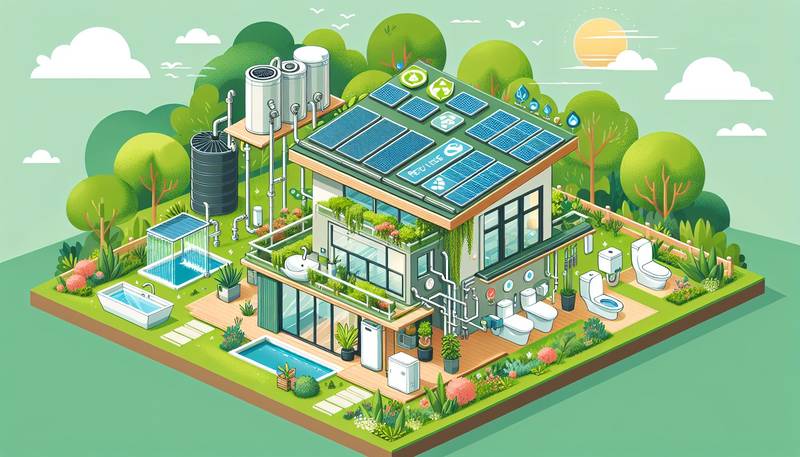Solving Common Plumbing Problems: A DIY Guide
While some plumbing issues may require professional assistance, there are several common problems that you can easily solve yourself with a little know-how and some basic tools.
Leaky Faucets
One of the most common plumbing problems homeowners face is a leaky faucet. Not only is the constant dripping annoying, but it can also lead to water waste and increased utility bills. The good news is that fixing a leaky faucet is a relatively simple DIY task that can be completed in just a few minutes.
To fix a leaky faucet, start by turning off the water supply to the faucet. This can usually be done by turning the shutoff valve located under the sink. Next, use a wrench to remove the handle and stem of the faucet. Inspect the components for any signs of wear or damage, such as worn washers or O-rings. Replace any damaged parts with new ones, ensuring that everything is properly reassembled. Finally, turn the water supply back on and test the faucet to ensure that the leak has been fixed.
Clogged Drains
Another common plumbing issue that many homeowners encounter is a clogged drain. Whether it's in the kitchen sink, bathroom sink, or shower, a clogged drain can be a major inconvenience. Fortunately, there are several simple methods you can use to clear a clog and get your drains running smoothly again.
One of the easiest ways to unclog a drain is to use a plunger. Simply place the plunger over the drain and quickly pump it up and down several times to create a vacuum effect that can dislodge the clog. If that doesn't work, you can also try using a drain snake or auger to physically remove the blockage. Finally, you can use a mixture of baking soda and vinegar to break up the clog and flush it out with hot water.
Running Toilet
A running toilet is not only a nuisance, but it can also waste a significant amount of water if left unfixed. Fortunately, fixing a running toilet is a relatively simple task that can be done without the need for professional help.
To fix a running toilet, start by removing the tank lid and inspecting the components inside. Check for any signs of wear or damage, such as a faulty flapper or loose chain. Adjust or replace any damaged parts as needed. You can also check the water level in the tank to ensure that it is not too high, as this can also cause a toilet to run continuously. Once you have made the necessary repairs, test the toilet to ensure that it is no longer running.
Low Water Pressure
Low water pressure can be a frustrating problem that affects showers, sinks, and other fixtures throughout your home. If you are experiencing low water pressure, there are a few potential causes that you can investigate to help you pinpoint the issue.
One common cause of low water pressure is a clogged aerator. The aerator is a small mesh screen located at the end of the faucet spout that can become clogged with mineral deposits over time. Simply unscrew the aerator from the faucet and soak it in a mixture of vinegar and water to remove any buildup. You can also check for any leaks or obstructions in the supply lines that may be causing the low water pressure. If these methods do not solve the issue, you may need to call a professional plumber to further investigate the problem.
Conclusion
While plumbing problems can be a hassle, many common issues can be easily solved with a little DIY know-how. By following the tips outlined in this guide, you can save time and money by fixing minor plumbing problems on your own. However, it's important to remember that some issues may require professional assistance, so don't hesitate to call a plumber if you are unsure or uncomfortable tackling a problem yourself. With a bit of patience and the right tools, you can keep your plumbing system in top shape and avoid costly repairs down the line.
